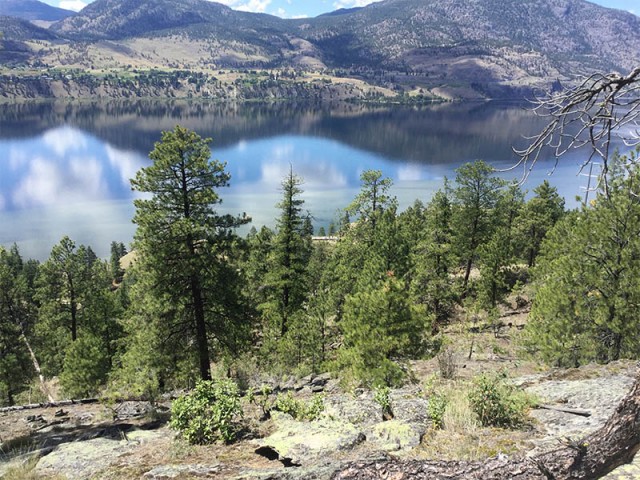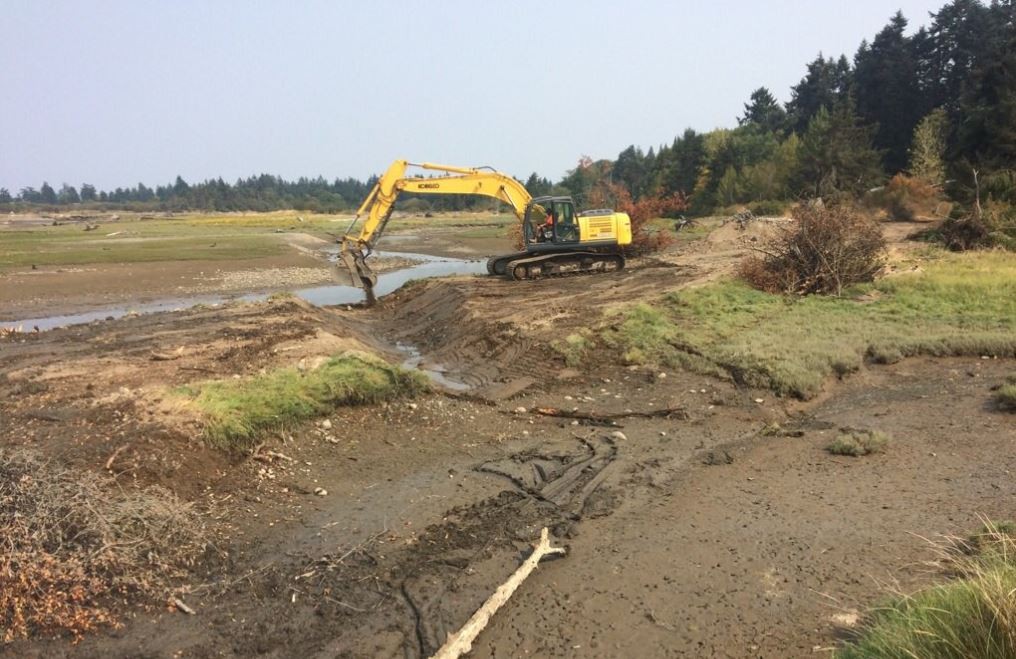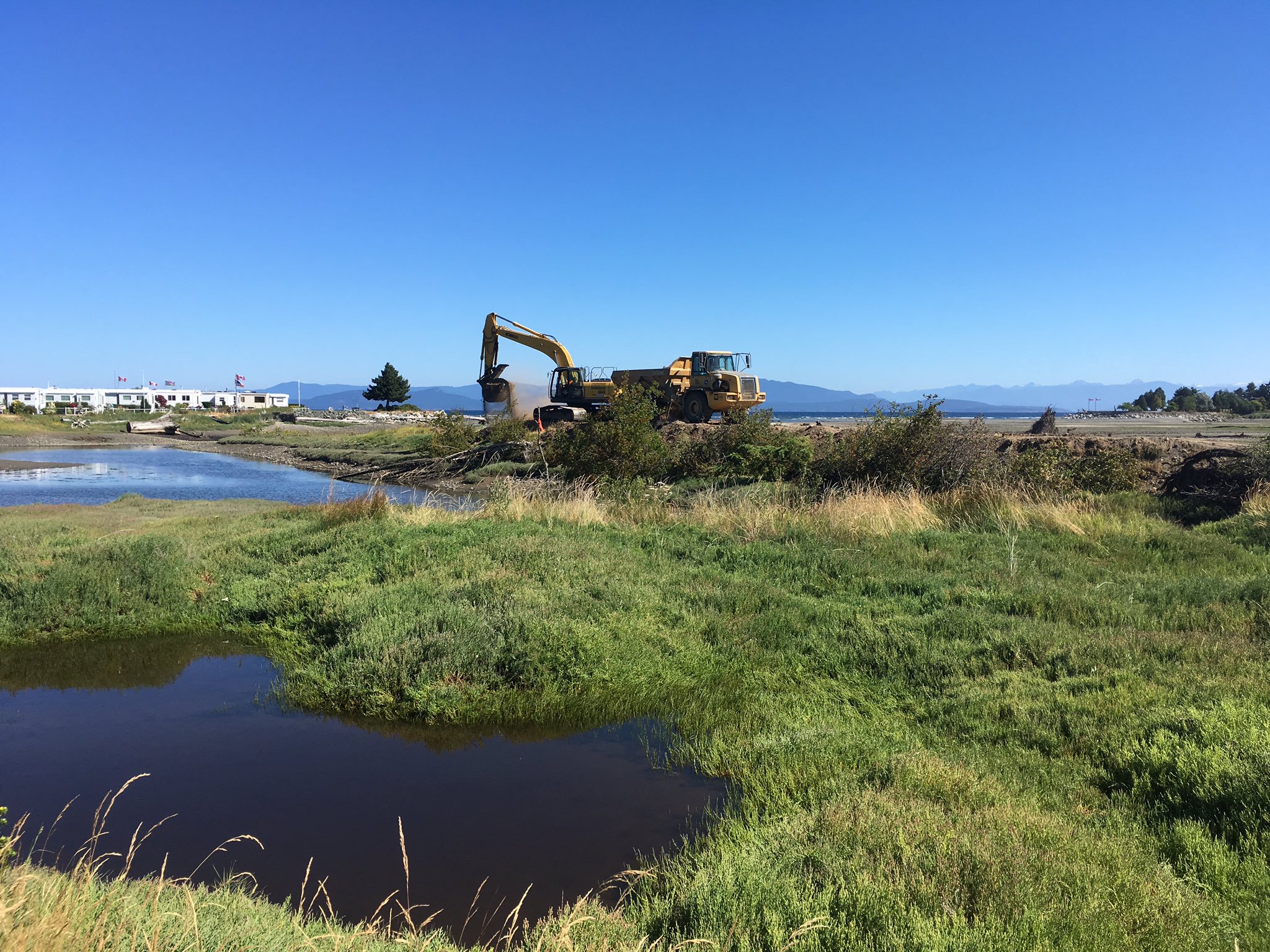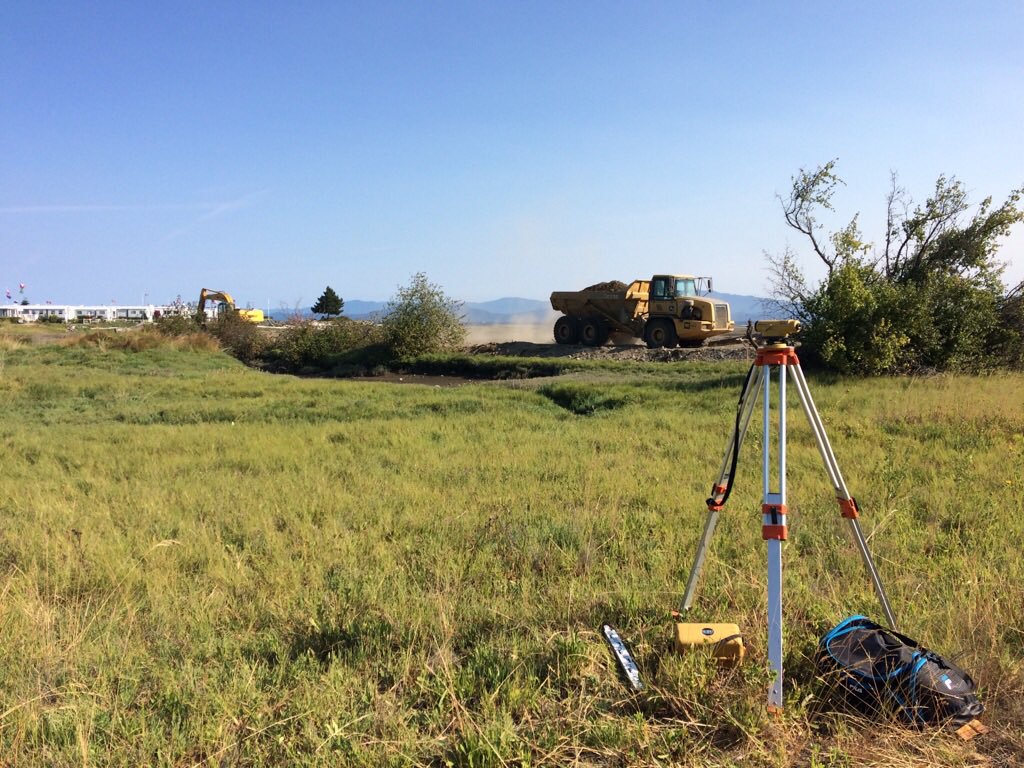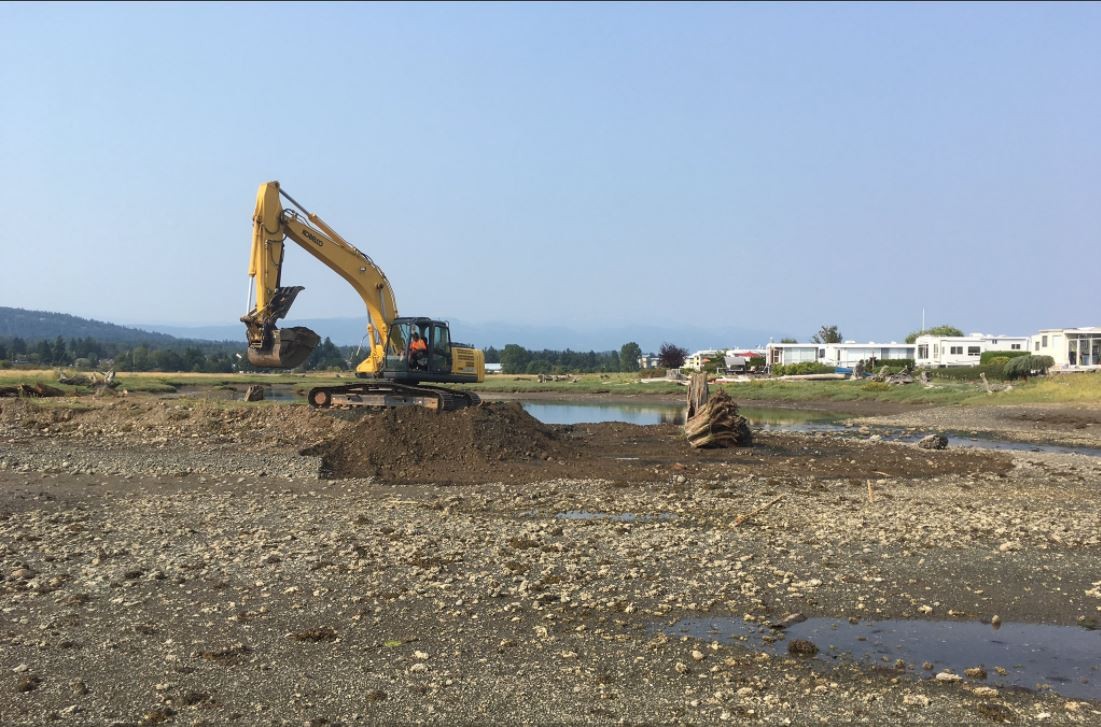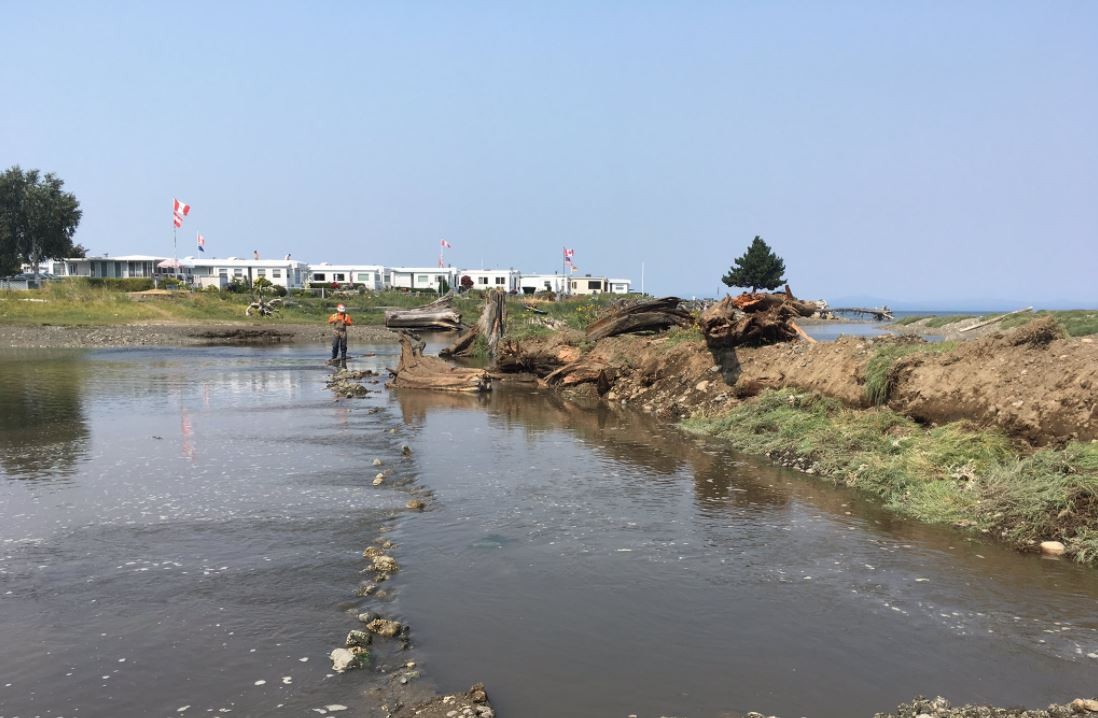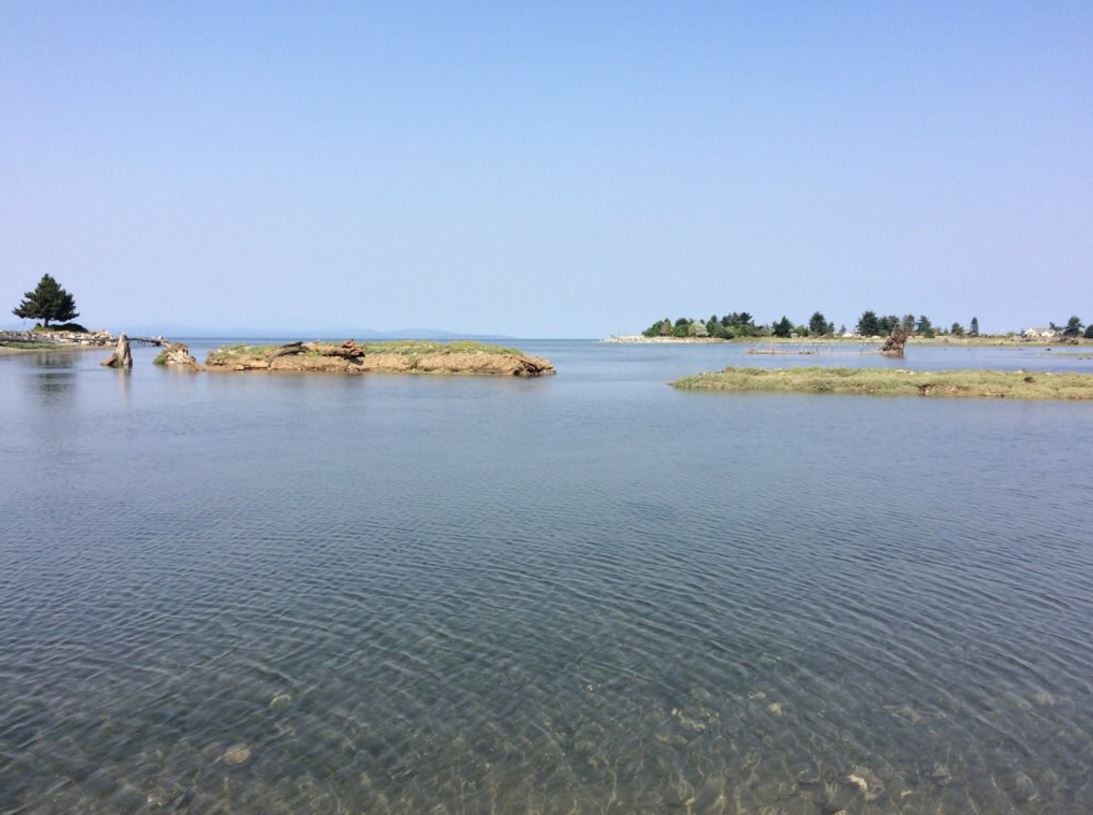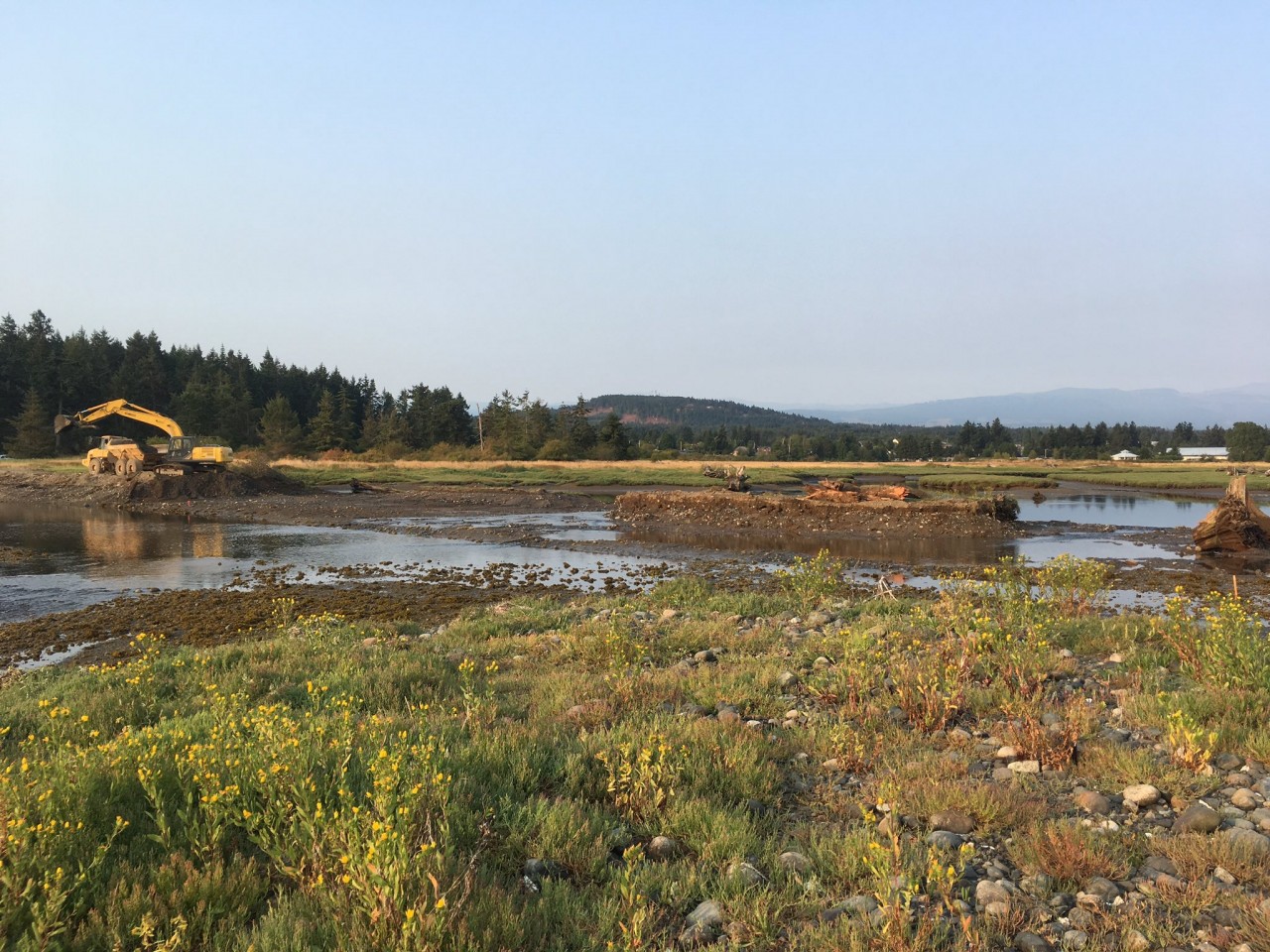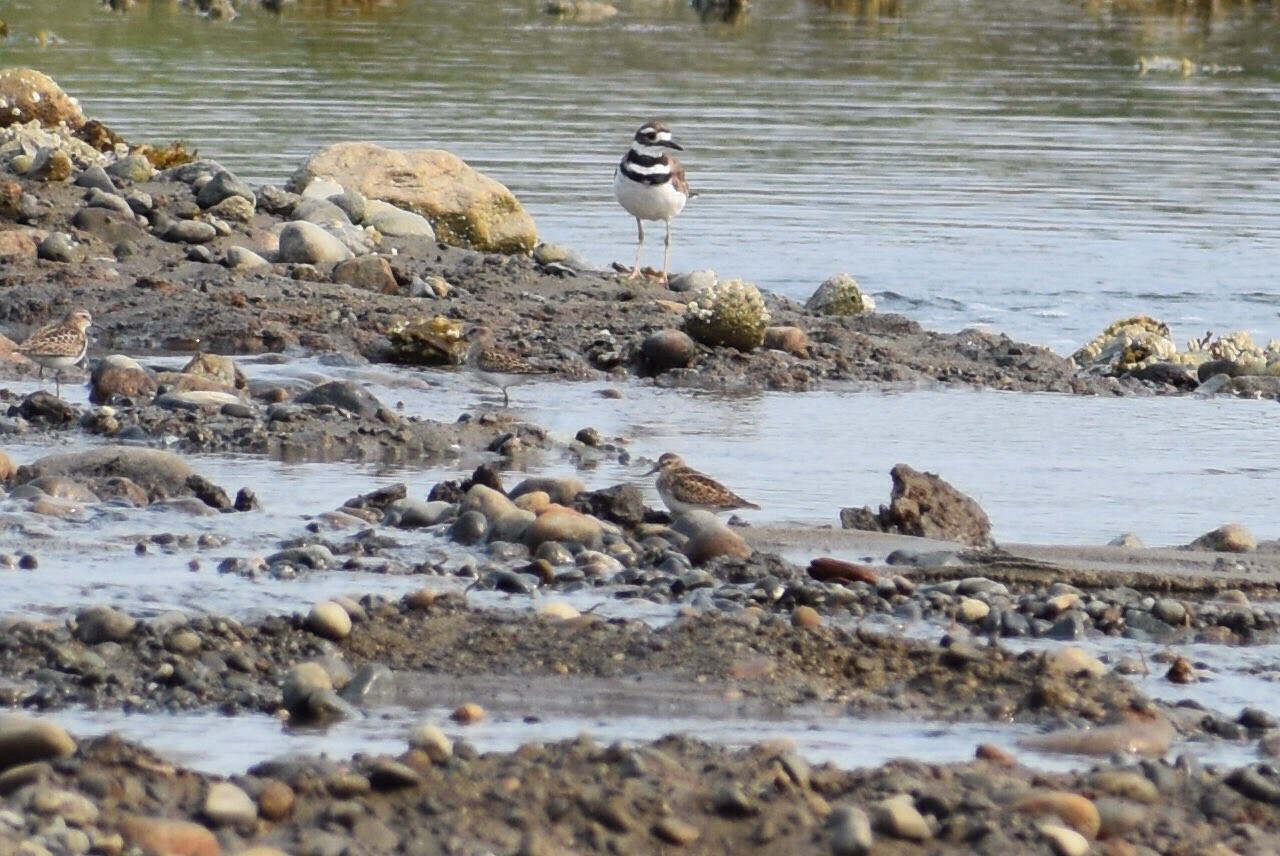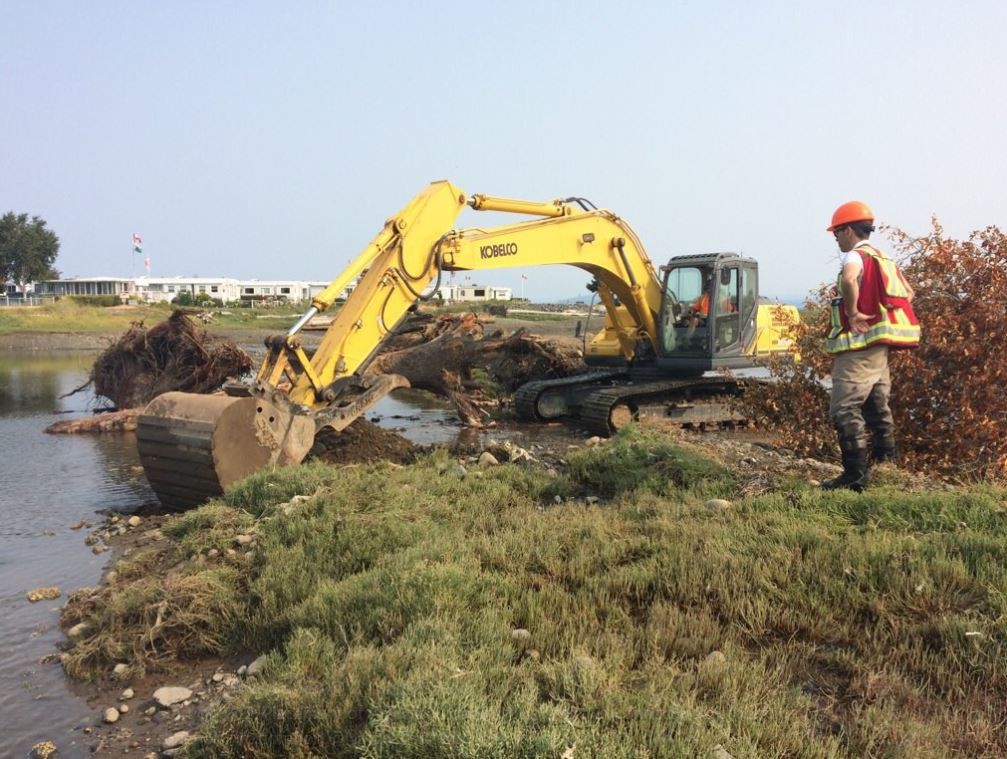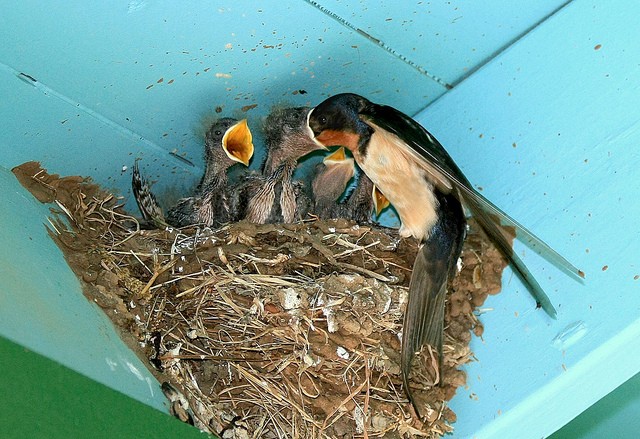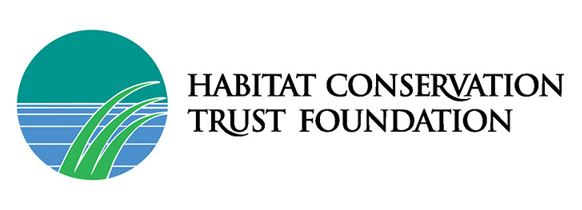

The Habitat Conservation Trust Foundation is pleased to announce that we have renewed and expanded our agreement with the Forest Enhancement Society of British Columbia (FESBC). In 2018, FESBC will be contributing up to one million dollars in funding for projects that meet both HCTF and FESBC wildlife habitat enhancement goals and forest stewardship objectives. This will be in addition to the two to three million dollars that HCTF grants to wildlife projects annually.
About FEBSC
FESBC is a Crown Agency originally established as a Society in February 2016. Currently the Society has received $235 million in funding from the Provincial Government to deliver the purposes identified in its Constitution as follows:
- To advance environmental and resource stewardship in B.C.’s forests by:
i) preventing and mitigating the impact of wildfires
ii) improving damaged or low value forest
iii) improving habitat for wildlife
iv) supporting the use of fiber from damaged and low value forests
v) treating forests to improve the management of greenhouse gases
- To advocate for the environmental and resource stewardship of B.C.’s forests; and
- To do all such other things as are incidental and ancillary to the attainment of the foregoing purposes and the exercise of the powers of the Society
You can find out more about FESBC by visiting their website at www.fesbc.ca
HCTF and FESBC: Natural Partners
Both HCTF and FESBC have a mandate to improve habitat for wildlife. HCTF has over 35 years of experience in administering grants for projects that enhance wildlife habitat in BC. By partnering with HCTF, FESBC is able to efficiently invest in high-quality projects that fulfill their mandate and make a meaningful contribution to conservation in BC. The partnership between HCTF and FESBC also has the benefit of reducing the administrative burden on project proponents by consolidating grant application and reporting processes.
Investment of FESBC Funds
FESBC will continue to use the HCTF application and technical review process to help select the wildlife habitat projects they wish to fund. To apply for FESBC funding, you will need to complete an HCTF Enhancement & Restoration Grant application using HCTF’s online application system. You do not need to specify that you wish to be considered for FESBC funding in your proposal. All proposed projects must meet HCTF’s criteria and priorities. Applications received by HCTF during the fall intake will be reviewed by committees of scientific experts to identify those that are technically sound, address important wildlife conservation issues, and have a high likelihood of success. A list of projects meeting these criteria will be provided to FESBC, who will then identify the projects they wish to jointly fund with HCTF. Grants for jointly-funded projects will be administered by HCTF, with recipients notified by March 2018.
You can read descriptions of the projects that were selected for co-funding this spring by downloading our 2017-18 approved project list. If you have any questions about HCTF grant intake process, please contact Kathryn Martell at kathryn.martell@hctf.ca or call 250-940-9785. If you have questions about applying for FESBC funding for a project that is not primarily focussed on improving habitat for wildlife, please contact the FESBC office at office@fesbc.ca or 1-877-225-2010.


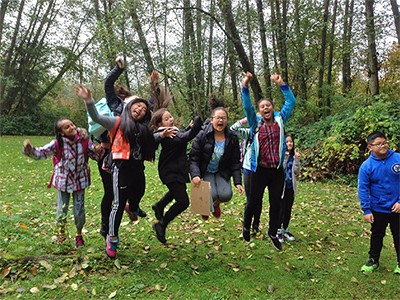 Teachers: start off the school year on a green note by applying for an HCTF GO Grant. GO Grants provide BC schools and classrooms with up to $600/class or $3500/school to pay for bus transportation, project materials, and leader/program fees for outdoor environmental learning experiences. Since 2012, GO Grants have helped over 35,000 BC students get outdoors to learn about their local environment. Full grant criteria and links to application forms are available
Teachers: start off the school year on a green note by applying for an HCTF GO Grant. GO Grants provide BC schools and classrooms with up to $600/class or $3500/school to pay for bus transportation, project materials, and leader/program fees for outdoor environmental learning experiences. Since 2012, GO Grants have helped over 35,000 BC students get outdoors to learn about their local environment. Full grant criteria and links to application forms are available 